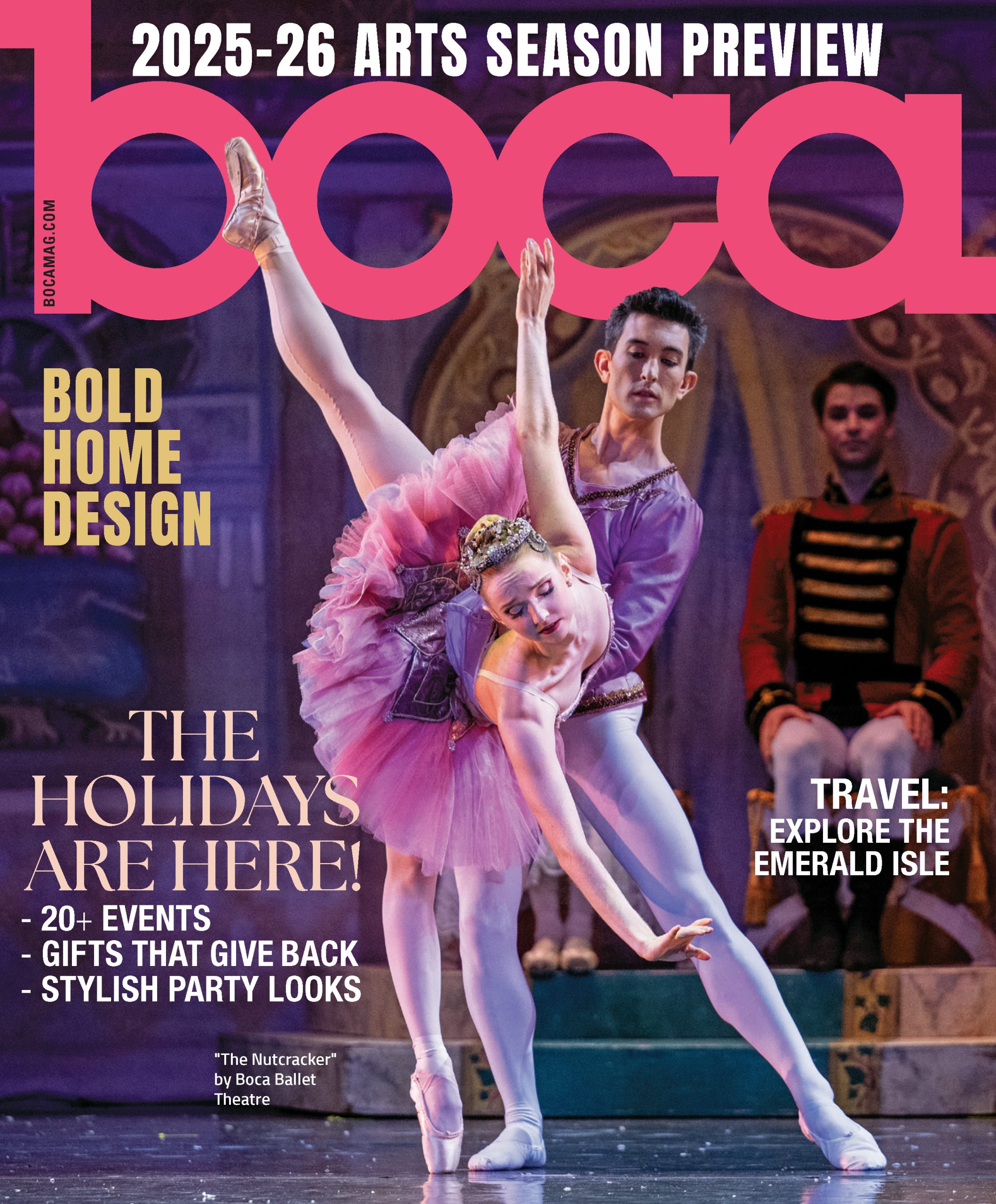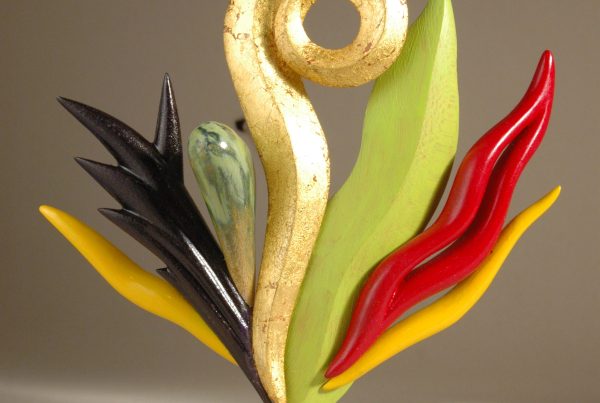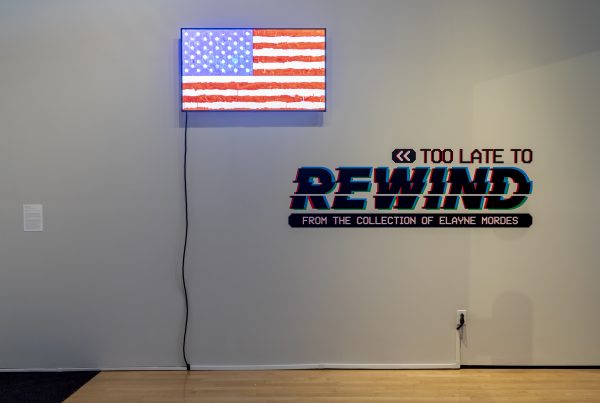
One of my favorite movie quotes of all-time comes from John Ford’s “The Man Who Shot Liberty Valance,” in which newspaperman Maxwell Scott speaks this timeless aphorism: “When the legend becomes fact, print the legend.”
When it comes to pirates in popular culture, artists and writers have been printing the legend for decades. The mythologized image of the swashbuckler – trifold hat, eye patch, parrot, peg leg, hook hand, the whole nine yards – has all but usurped the more austere (and more dangerous) image of genuine 18thcentury pirates.
Which isn’t necessarily a bad thing; myths often live on for good reason, not the least of which because they make crackling good entertainment. Maritime artist Don Maitz is one of the world’s foremost depicters of the pirate life, responsible for the classic look of the romanticized corsair. He developed the Captain Morgan’s Spice Rum character, and his paintings and contributions to the legend have been featured on the History Channel and The Today Show, among countless other outlets. And through Oct. 28, a retrospective of Maitz’ artwork is on display at the Cornell Museum at Old School Square in an all-new exhibition.
In the dozens of pieces showcased in four-plus rooms in the Cornell, Maitz depicts pirates at work and play, plundering and dueling, counting money and preparing for battle. The authenticity is remarkable. Many of the works resonate with portrait-style photographic realism; if Maitz wanted to, he could be a tremendous painter of war or street life.

His pieces overflow with vibrant character and defining details, from the small bullet hulls piercing the sails and hull of a pirate ship in his massive “Forty Thieves” to the dentally challenged pirate with a small “mom” tattoo on his arm in “Starboard Gunner With Match.” Maitz’ pirates look as familiar as Halloween costumes, but the men underneath the garb are humanized, and he captures a full spectrum of emotion. He depicts Blackbeard – “the master terrorist of his day,” per the wall text – as a truly gruesome scallywag, with flowing, fear-striking facial hair and a schooner doused in flames behind him. In “Back Alley Payoff,” a swashbuckler accepts dirty money from an unseen local resident while staring penetratingly at the viewer with a look that can only be described as shame. And there’s humor, too; in one piece, untitled at the Cornell, a trembling pirate squaring off comically against a hungry gator.
Old School Square Executive Director Joe Gillie and his staff worked hard over the summer to supplement the exhibition with plenty of their own material, namely the three dioramas interspersed throughout the exhibit. In one, a large model ship is festooned with doubloons and framed by skull-topped wood pedestals – museum visitors can guess how many doubloons are glued to the piece for a chance to win a prize. Another features a mélange of high-seas detritus, from crates of cargo, parrots and rum jugs to the shattered remnants of a dinghy and its skeletal inhabitant. These assemblages are a fun way to complement Maitz’s work, and the wall text ensures that each visit to the museum is an edifying one, with unique facts and figures, historical timelines, pirate profiles and quotes about pirates sharing wall space with Maitz’s paintings.
Ironically – or perhaps not so ironically – the weakest pieces in the exhibition are the several paintings devoted to the Captain Morgan character. Bright, gaudy and cartoonish, the famous advertising icon lacks the depth, detail, shading and photographic accuracy of Maitz’s best work, paling in comparison to the pieces it shares a room with. But I suppose everybody’s got to make a buck sometime.
“Ahoy Maitz!” will be on display through Oct. 28 at the Cornell Museum of Art at Old School Square, 51 N. Swinton Ave., Delray Beach. Admission is $4 to $10. On Sept. 19, the museum will stay open late in celebration of International Talk Like a Pirate Day, with special events planned. Dressing in pirate apparel is encouraged.







